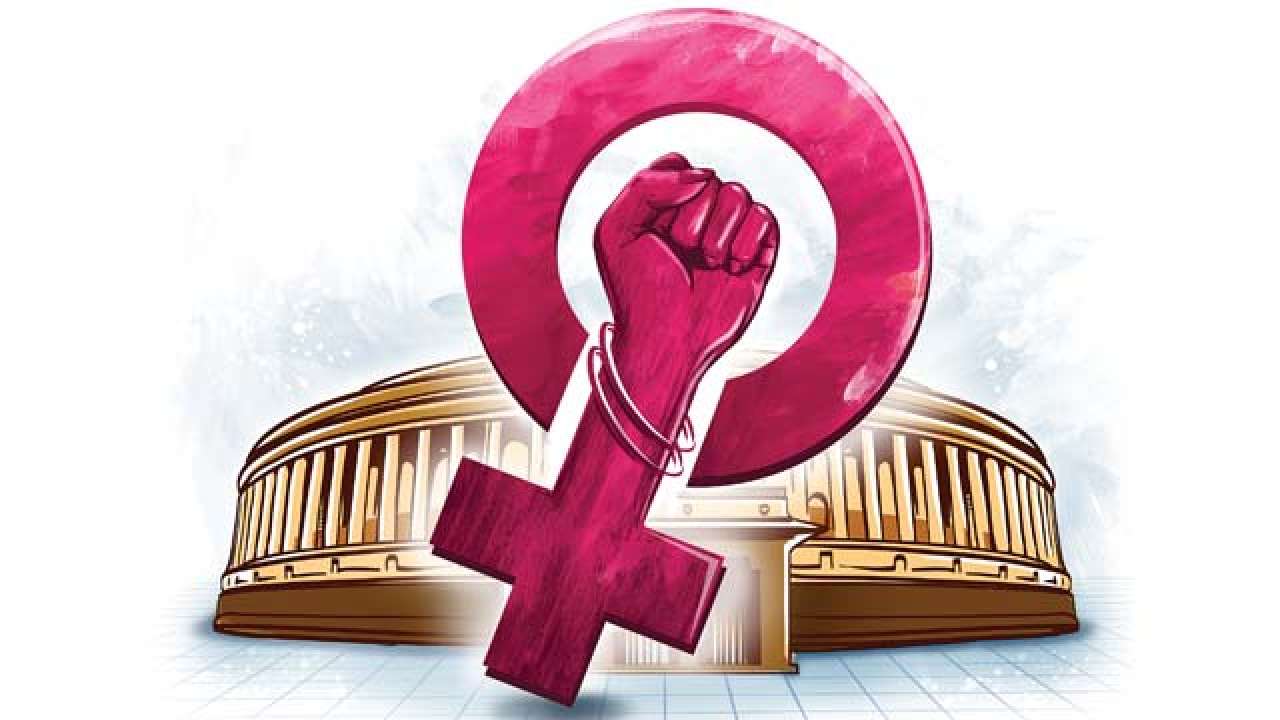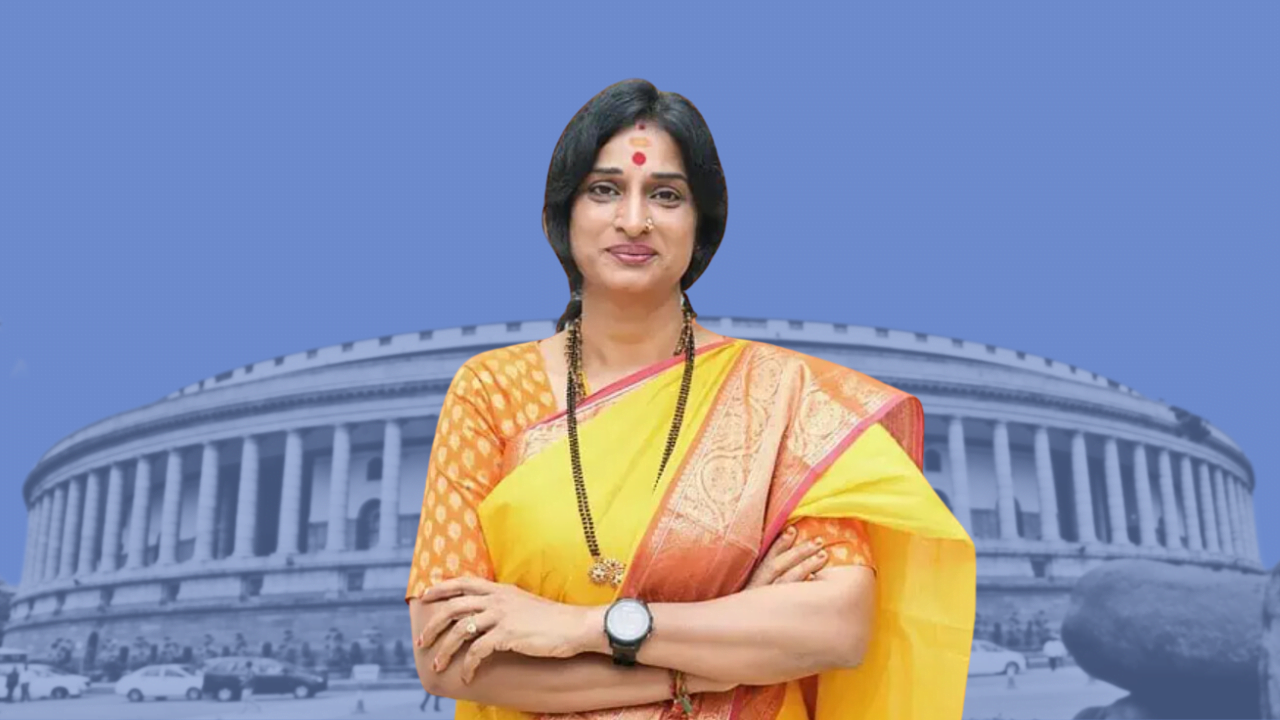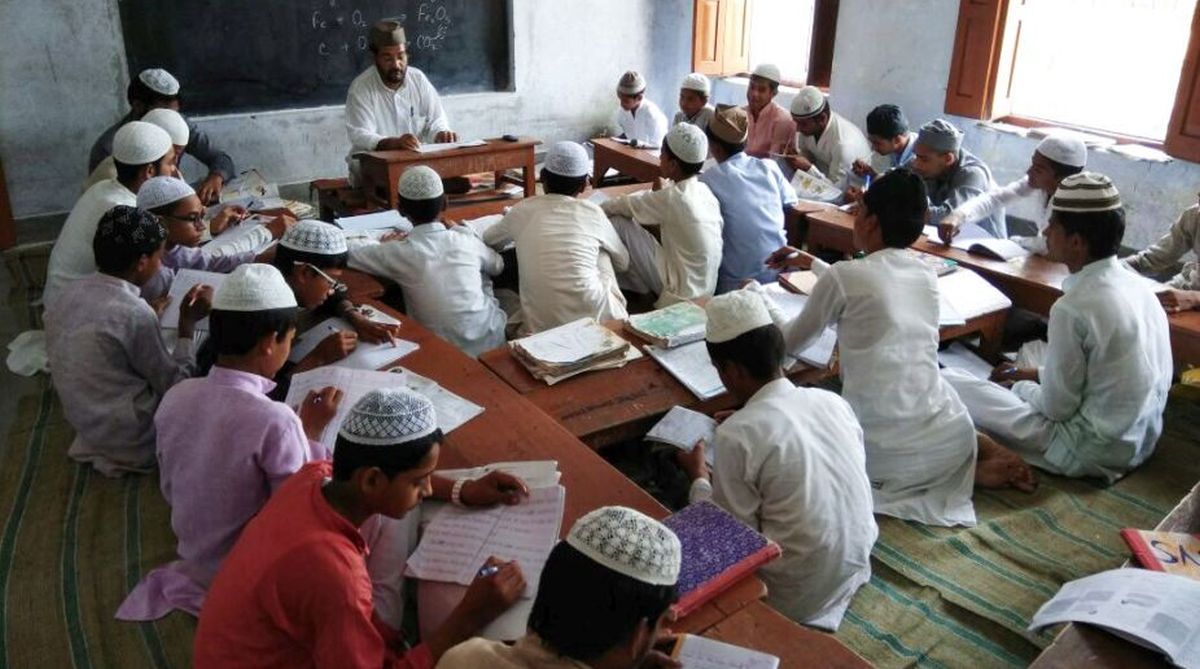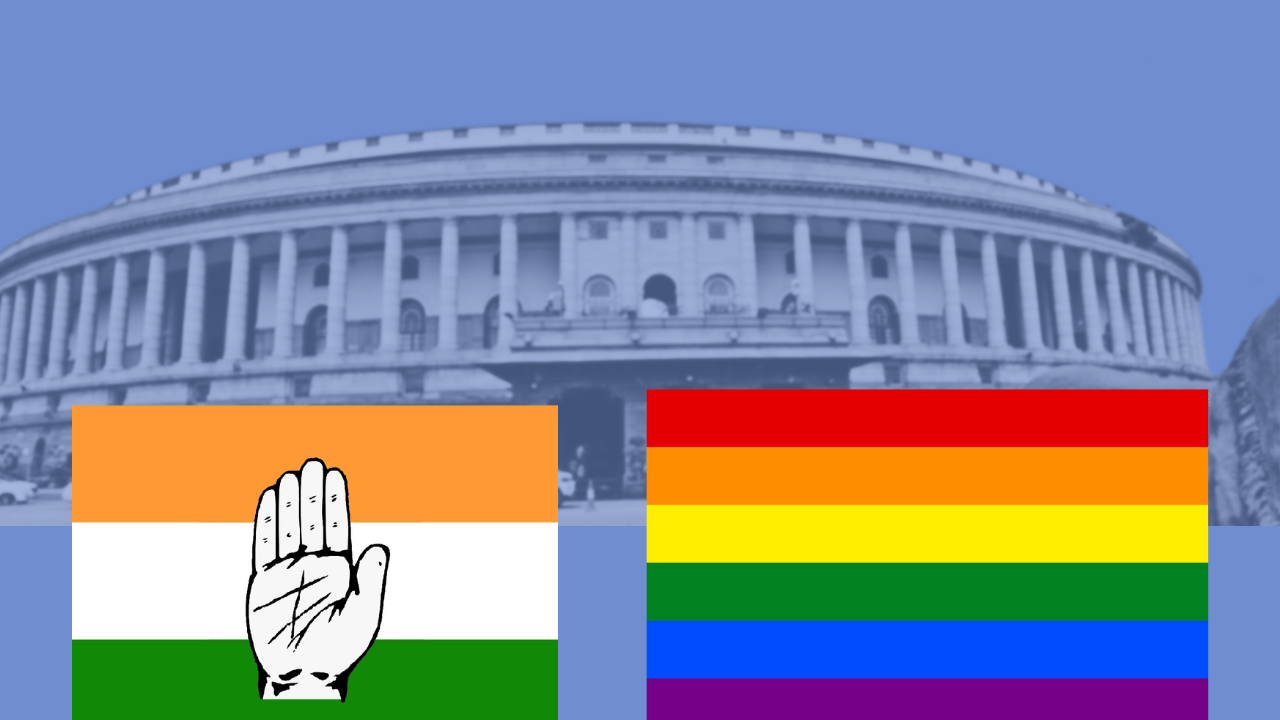Women representation in Indian politics has always been a cause of concern. Despite being accountable for 49% of the country’s population, their representation in political participation is extremely poor. The representation of women in Parliament and in decision making roles in public sphere is one of the key indicators of empowerment.
As per the report Women in Politics 2017 (IPU and UN), Lok Sabha had 64
women MPs (11.8 percent of 542 MPs) and Rajya Sabha had 27 (11 percent of 245 MPs). According to Ministry of Statistics and Programme Implementation, as on October 2016, out of the total 4118 MLAs across the country, only 9 percent were women. Among the State assemblies, the highest percentage of women MLAs were from Bihar, Haryana and Rajasthan with 14 per cent followed by Madhya Pradesh and West Bengal with 13 per cent and Punjab with 12 per cent.
Out of the total 4118 MLAs across the country, only 9 percent were women.
However, the recent elections have seen a very positive change in these statistics. In many constituencies of Chhattisgarh, Madhya Pradesh and Mizoram, women voters have outnumbered men. According to a report published by Economic Times there is a 4% jump in women voting in MP from 70.11% in 2013 to 74.03%, while for men it on rose from 73.95% to 75.98% amounting to a 2% rise. When it comes to Chhattisgarh,
women voters were reported higher than men in 24 seats out of 90 constituencies, which amount to 30% of the entire constituencies.
Also read: Women’s Groups Protest For 33% Reservation In The Parliament
Interestingly, the sex ratio in Madhya Pradesh has also risen from 898 women per 1000 men in 2013 to 917 currently. This can be reason for a constructive participation of women in the decision making process of the country. A total number of 3034 all-women managed polling booth were setup all across the State where everyone from the polling staff to the police and security personnel were women. This was a great initiative and was one of the major reasons for such high numbers of women voters this time.
Advertisements to grab attention of the female lot for voting were also very well strategised with TV serial actresses like Divyanka Tripathi and Shubhangi Atre, who are from Bhopal and Indore respectively, urging them to come out in large numbers and assert their right to vote.
Ratlam reported the highest percentage of women voting with a record of 87.05% polling. Surat was next with 86.98% followed by Malhargarh with 84.52%, whereas in Chhattisgarh Kurad recorded the highestwomen voters with 880.8% followed by Kharsia at 86.88% and Lundra at 86.37%. Even though the percentage in some of the constituency witnessed the highest women voters of all times, the overall percentage of women voters still remained the same as that of 2013.
When it comes to Mizoram,women voters outnumber men with a huge margin. Out of the 768,181 voters, women accounts to 393,685 voters while men are accountable for 374,496 voters. That is a difference of more than 19,000 voters and that is a massive number.
In many constituencies of Chhattisgarh, Madhya Pradesh and Mizoram, women voters have outnumbered men.
Unfortunately the number of women legislator from this state is zero. Out of the total 209 candidates, only 15 candidates were female, which is more than double from 2013 when only 6 female candidates ran for office. It is shocking how a state where female voters outnumber men with such enormous number has no female lawmaker at all. Not only that, 15 female candidates out of a total of 209 candidates is a very poor number to say the least. This shows the extremely poor state of female participation in the decision making process of the country.
Female participation in voting is growing every year and that is a very desirable trend that we are moving towards. However, that does not take away from the fact that the political system of our country has little to no women voice. Hardy 7-8% of female legislators are present in the State Assembly whereas in Parliament it amounts of somewhere around 11%.
In country where women occupy 49% of the space, such meager number is very disappointing and disheartening. Parliament does not seem to care much about this issue. This is evident from the fact that a bill proposing to amend the Constitution to mandate 33% of reservation of seats in the Lower House of Parliament of India, the Lok Sabha and in all State Assemblies lapsed in Parliament and nothing was done about it.
Also read: India Needs More Women In Parliament And Here’s Why
In a time when women are finally getting aware about their rights and are raising their voices for equality with bursting power, it is very heartening to see the slow but steady rise in the number of female voters. However, what highlights the difference between rhetoric and reality is the equally disheartening fact, if not more, that the same women are gravely underrepresented in the decision making process of the country.
Featured Image Source: DNA India




